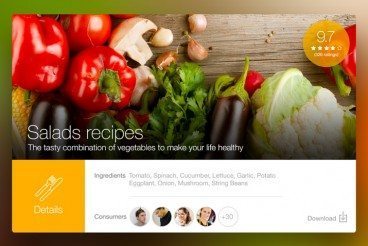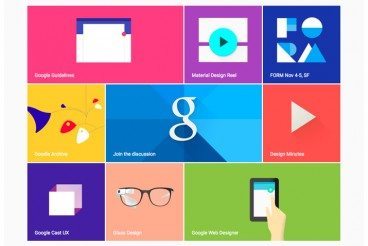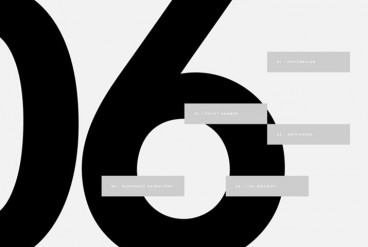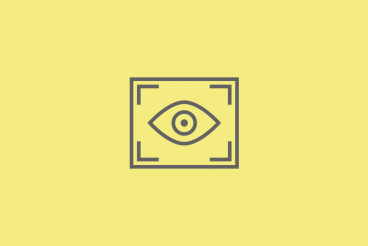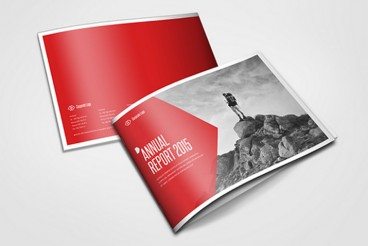
Business / 19 Mar 2015
How to Design a Killer Annual Report
Regardless of when your company’s fiscal year ends, you probably want to start thinking about the dreaded annual report today. Yes, “dreaded.” But it does not have to be. While annual reports are often seen as a design drag, there are plenty of ways to turn this report into a fun and memorable design project. And with better design comes more reading and retention, two positives for your brand.
You need to start thinking about it now. Don’t wait until the report hits your desk to determine a design strategy. Start talking to your team about your story for the year and how to create an annual report that will get people talking.
